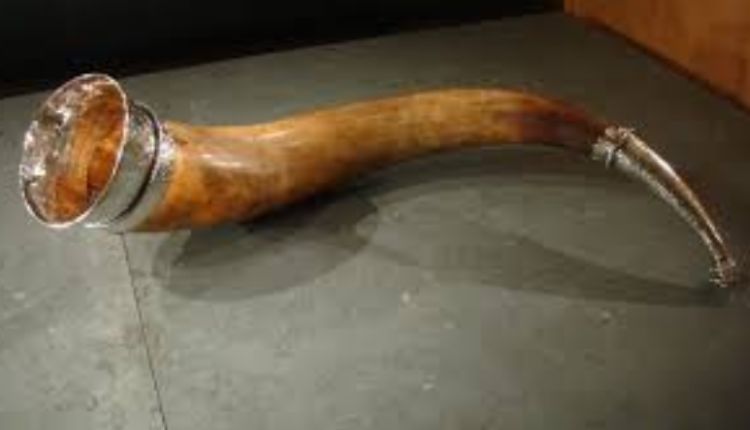For centuries, drinking horns have been popular for their uniqueness and history. Once a standard in ancient civilizations, these unique vessels still mesmerize fans and collectors. This article explores the history, practical uses, and contemporary popularity of drinking horns and the allure they seem to hold through the ages.
Historical Background
Making a drinking horn is a craft with origins in antiquity. Most commonly associated with Norse and Celtic cultures, these vessels, made of animal horns, signify prestige and power. It was common for warriors and nobility to use them when feasting and celebrating. As time passed, alternate versions arose, including ornate metal or gemstone variations. Although drinking horns date back thousands of years, they continued to spread through the ages in many cultures around the globe. But what is a drinking horn in today’s times? It is a cultural artifact of value seen in historical festivals. It is also used for decorative purposes.
Craftsmanship and Design
The process of making a drinking horn is quite detailed. Artisans shape raw animal horns into functional and decorative art. It starts with cleaning and shaping and ends with polishing for a smooth finish. Several of these horns have detailed carvings or metals, which gives these objects a decorative look. Although classic designs are attractive, new styles usually come with more modern forms, attracting a larger audience.
Uses of Drinking Horns
Historically and in modern times, drinking horns have been used for different purposes. Traditionally, they were primarily ceremonial, coming out only for special occasions and ceremonies. People drank and celebrated victories, creating bonds through shared experiences as warriors and leaders. Today, drinking horns appear in historical reenactments, festivals, and themed parties. Using horns gives enthusiasts items for authenticity when replicating ancient customs.
Cultural Significance
Drinking horns are meaningful beyond their functional purpose. They are links to ancestors and a wish to transfer culture and customs to future generations. To many, a drinking horn is a connection to tradition, holding onto folklore and traditions from years gone by. Such vessels are passed down as family heirlooms and retain their historic and sentimental value. People use drinking horns to honor their cultural heritage and its diversity.
Modern Appeal
Drinking horns have regained popularity in recent years. Collectors, storytellers, and history buffs are drawn to these objects for their unique design and historical significance. Some people like their craftsmanship, and they are treated as artwork. Furthermore, interest in these items has been revived due to their appearances in popular culture, movies, and television. Unfortunately, this has led to an uptick in vanity drinking horns that appeal to fans of eye-catching novelty items.
Sustainability and Ethical Implications
The production of drinking horns has raised questions over sustainability, hunting, and ethical sourcing. Ethical craftsmen source horns from naturally dead animals to do minimal harm to nature. This ethical approach resonates with the values of environmentally conscious consumers who want products with a positive ecological footprint. Purchasing sustainably sourced drinking horns, often handmade from cow horns, contributes to eco-friendly practices.
Care and Maintenance
With proper care, drinking horns can last for generations and serve as functional, stylish, and mystical pieces in your showcase. Regular washing with soap and water keeps gunk from accumulating, and oiling occasionally will keep the horn shiny. This minimizes the likelihood of warping or cracking. Also, avoid leaving it in direct sunlight on a hot day. Drinking horns can last generations if properly taken care of, and their beauty will last for years.
Choosing the Right Horn
When choosing a drinking horn, several things should be considered, including size, style, and use. A good introductory model lets first-time collectors appreciate what a horn offers without spending much. Some enthusiasts look for interesting designs or historical replicas in different forms, while some people focus on practicality. Remember, the right drinking horn is one that you enjoy having in your collection for both aesthetic appreciation and practical usage.
Conclusion
Drinking horns represent a unique combination of history, art, and culture. Part of their lasting allure stems from how they connect us all to ancient practices. These unique, beautiful, and functional chalice-esque vessels appeal to people in varied forms. Whether for ceremonial or decorative purposes, horns are still admired by those who appreciate history or craftsmanship. Integrating these ancient relics today leads to greater reverence for the past, making festivities resemble past glory.






